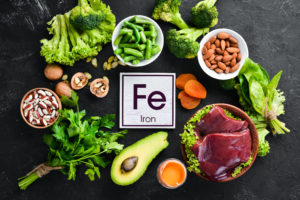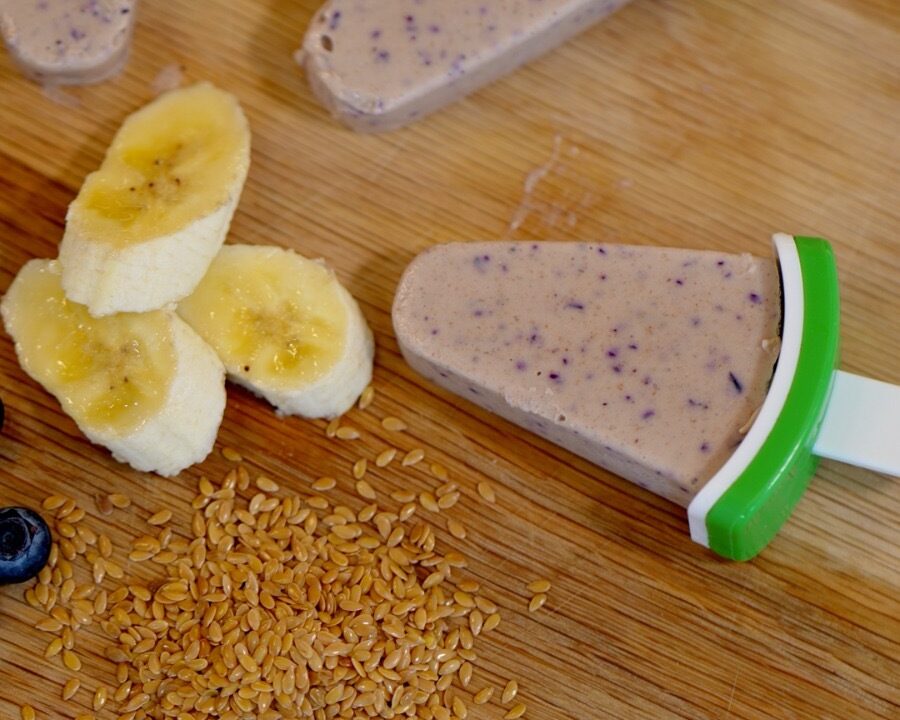Most of us have been told to make sure we get enough iron, and have been warned about the risks of an iron deficiency. That said, few people can tell you exactly why their body needs iron, and what foods are the best to get it from.
Iron is a naturally present mineral necessary for the functioning of hemoglobin, a red blood cell protein that transports oxygen from the lungs to the tissues.
“As a component of myoglobin, another protein that provides oxygen, iron supports muscle metabolism and healthy connective tissue. Iron is also necessary for physical growth, neurological development, cellular functioning, and synthesis of some hormones,” per the National Institutes of Health.
The Recommended Daily Allowance (RDA) for elemental iron depends on age, sex, and other factors like whether you consume animal products. For the average adult age 19 to 50, it’s recommended that females consume 18mg of iron, and men the same age consume 8mg.
A shortage of iron in your blood can lead to a variety of health issues. Roughly 10 million people in the United States have low iron levels, and half of these people have been diagnosed with iron deficiency anemia, per Medical News Today. Iron deficiency is the leading cause of anemia in the United States, and is one of the most common nutritional deficiencies, per Eatright.org.
Symptoms of an iron deficiency include fatigue, pale skin and fingernails, weakness, dizziness, headache, and an inflamed tongue, known as glossitis. Since iron is responsible for carrying oxygen to the muscles and brain, it is critical for mental and physical performance. While a lack of iron may cause brain fog, irritability, and reduced stamina, proper iron intake can boost athletic performance.
Eating a balanced, healthy diet is the best way to get enough iron, although iron supplements can be helpful. For vegetarians, it’s beneficial to combine iron with vitamin C in the same meal. For example, a juice with lemon and spinach would be ideal. This is because when iron comes from plant sources, it is called non-heme, as opposed to heme iron, which comes from animals, and there are multiple steps the body needs to absorb it. The RDA for vegetarians is 1.8 times higher than for meat eaters.
Some of the best plant-based sources of iron include beans and lentils, tofu, dark chocolate, baked potatoes, cashews, dark leafy vegetables like spinach, and fortified grains. Be sure to consider components of food and medications that block or reduce iron absorption, including phosphates in carbonated beverages like soda, and tannins in coffee, tea, and some wine.
Individuals who are the most at risk of iron deficiency include pregnant women, since increased blood volume requires more iron to drive oxygen to the baby and growing reproductive organs. Making sure infants and young children have enough iron is also crucial, as after six months, babies’ iron needs increase. Women with heavy menstrual bleeding, frequent blood donors, people with cancer, or those with heart failure, gastrointestinal disorders, and other health issues, should also be more cautious of their iron levels.
It’s important to note that too much iron has been shown to increase the risk of liver cancer and diabetes.
To make sure your body has a sufficient level of iron, first discussing the topic with your medical professional is advised.




